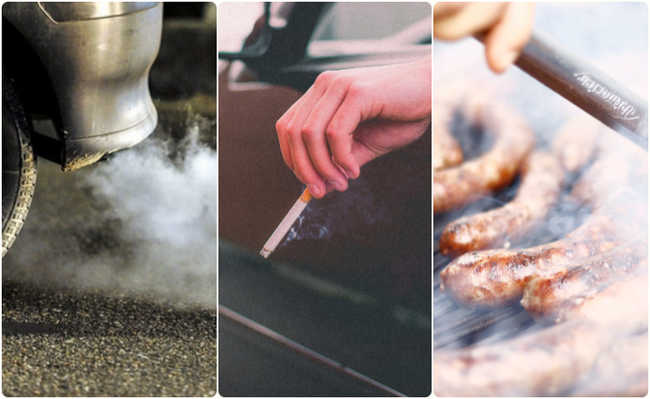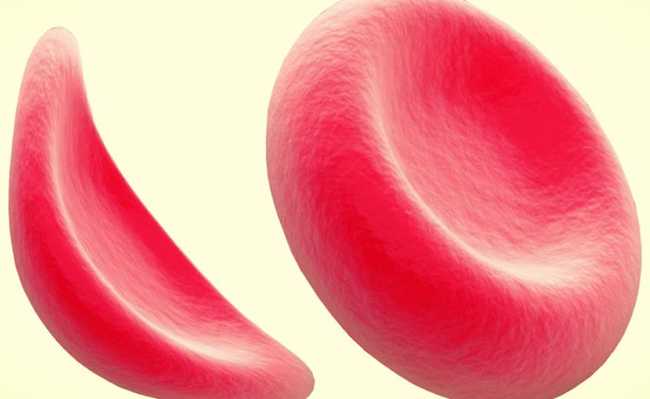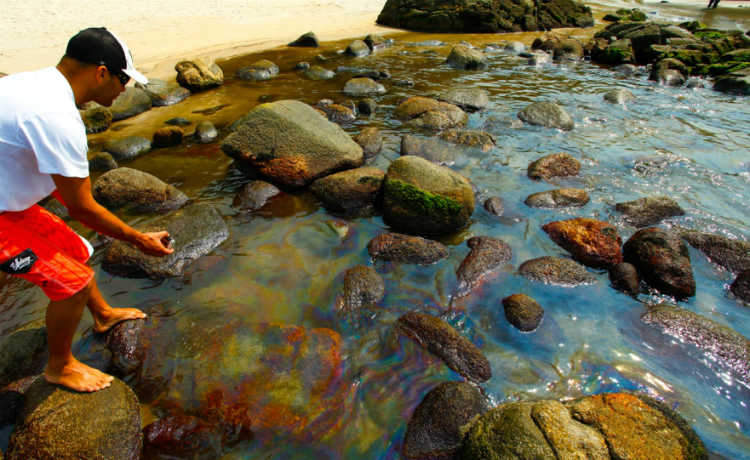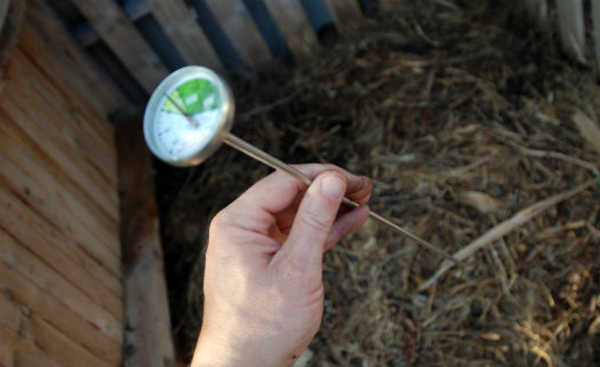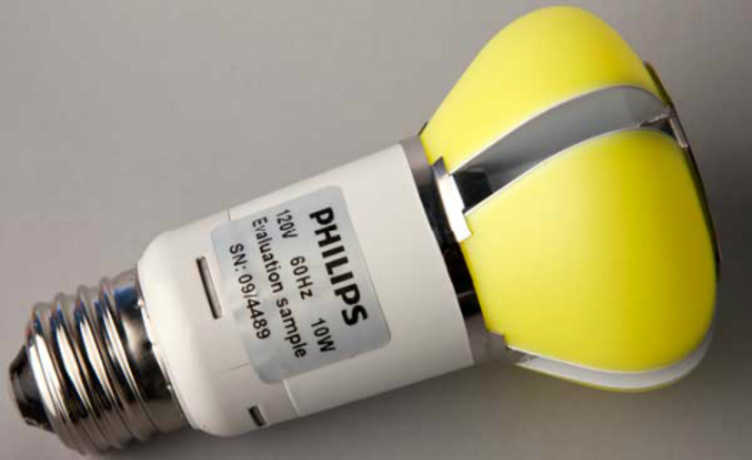Green coconut husk can be used for the production of vegetable fibers
Material can be recycled to serve as raw material for fiber manufacturing. Briquettes that provide energy that is less harmful to the environment are also a possible destination
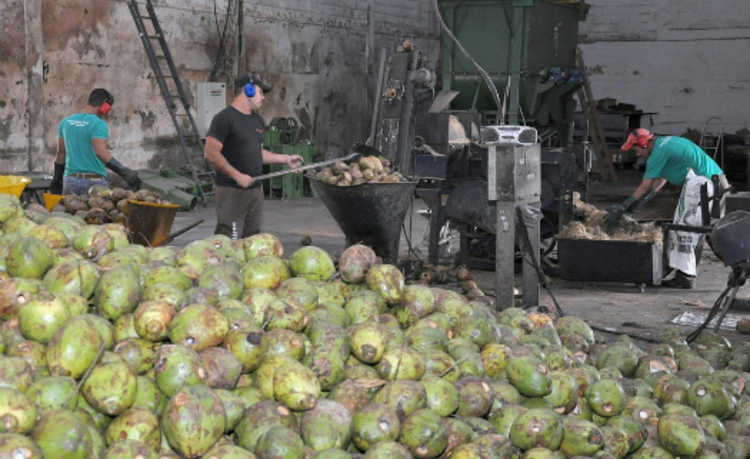
A fruit widely consumed on Brazilian beaches is coconut. Its production, according to a postgraduate study by the Federal University of Bahia, reached approximately two billion units per year in 2006, with 66% of the amount being cultivated in the northeast of the country. The state of Bahia is the largest coconut producer in Brazil, with a contribution that exceeded 630 million in the crop reported in the survey, accounting for 47% of the coconut production in the northeast and 31% of the national total.
After collection, the fruit is distributed to agribusinesses that produce by-products, such as grated coconut and coconut milk, and pass them on to large yogurt, ice cream, biscuit, among others. Another part is destined for the green coconut water bottling industry, and also for the small companies that sell green and dried fruits. Finally, the latter types go to regional markets and beach stalls and kiosks.
These destinations end up using only the water and coconut pulp, leaving aside the shells, which represent 80% of the total weight of the fruit. What ends up happening is the incorrect disposal of the bark in landfills or even in rivers, where it remains for about ten years until it completely decomposes.
Reuse
However, a technology is being developed with the support of the Brazilian Agricultural Research Corporation (Embrapa) to make use of the coconut shell in the production of mattresses, insoles and vegetable fibers. The husks are crushed by machines made especially for this purpose and then pressed to lose moisture. Then another machine separates the powder and fiber. Thus, in addition to the uses mentioned above, the fibers can also be used in the manufacture of pots similar to tree fern fiber, and gardening material, such as handicraft items, coverings for soil protection and substrate for agriculture, as well as upholstery for vehicles .
In addition to putting an end to coconut shells, this technology will help reduce litter on beaches. That's because the waste in question and the pulps represent 70% to 80% of the garbage on northeast beaches, according to the same survey. The title of the study is “Using green coconut husks for the production of briquettes in Salvador-BA” and also points out that coconut residues are useful for the production of briquettes, which can be raw material for energy production, emitting much less carbon dioxide than traditional forms of generation.
In addition to these advantages, this process also generates profit for the producer. See here for more information about the processing of green coconut husks.
Check out Embrapa's video on the use of green coconut husk below:




